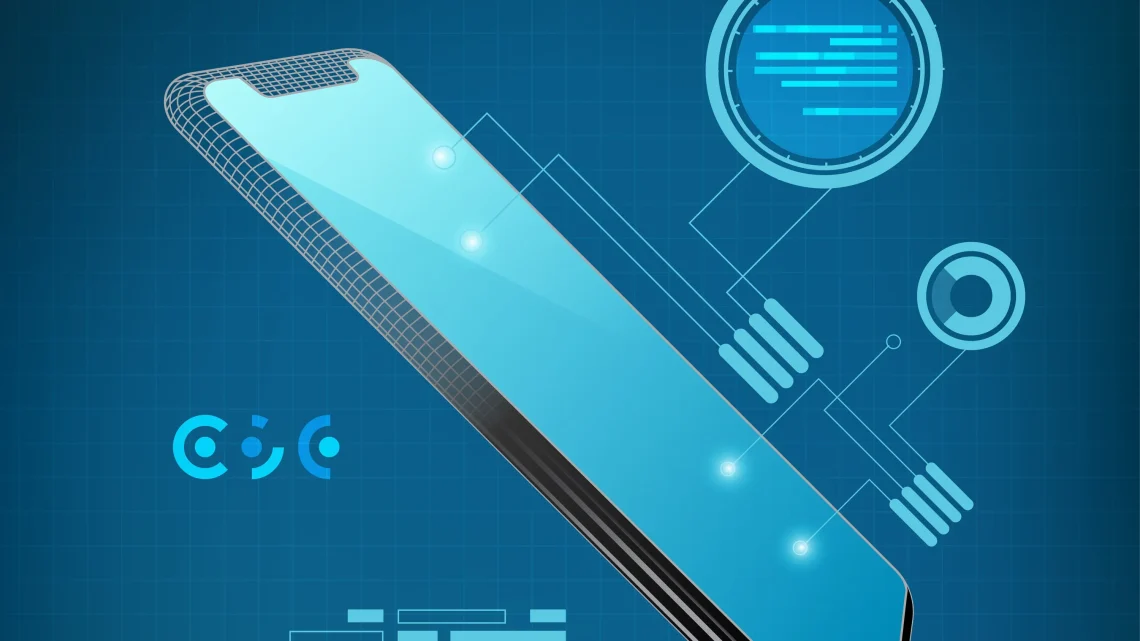
The New Smartphone Season: Innovation Meets Consumer Hesitation
September 19, 2024As the new smartphone season unfolds, tech giants are eager to showcase their latest offerings and persuade consumers to upgrade. This year, we’ve seen major releases from Google, Apple, Samsung, and Huawei, each vying for attention in a saturated market.
Google recently launched the Pixel 9, while Apple unveiled the iPhone 16, both packed with features designed to impress. Samsung introduced its Z Flip6 and Z Fold6 foldable phones in July, and Huawei has taken innovation further with its Mate XT, which folds into thirds.
With global smartphone sales declining, companies are ramping up their marketing strategies. The messaging is increasingly flashy, aimed at reigniting consumer interest in a slowing market. Promises of redefined smartphone experiences and stunning designs are at the forefront, though many consumers are left wondering what these enhancements truly entail.
Both Apple and Google have integrated artificial intelligence features into their latest models. Google’s Magic Editor claims to enhance photos with AI-generated content, while Apple has embedded advanced technology into Siri to improve user experience. However, it raises the question of whether these features are genuinely what consumers want.
Experts note that while AI can simplify digital interactions, most users prioritize a high-quality camera and basic functionality. Recent data suggests that many consumers are holding on to their devices longer than before, with annual sales dropping significantly over the years. This shift is partly due to a cost-of-living crisis, leading individuals to reconsider their spending on new gadgets.
Additionally, environmental concerns about smartphone production and the use of precious metals are becoming more prominent. Many are becoming increasingly aware of the ecological impact of their technology choices.
A growing trend is emerging, particularly among parents and younger generations, to step away from smartphones entirely. Schools across the UK are reassessing their smartphone policies, with some even implementing bans on these devices. Notably, Eton has provided incoming students with basic feature phones, encouraging a return to simpler technology.
Organizations advocating for reduced smartphone usage are gaining traction. They suggest that tech companies create child-friendly devices that limit functionalities to essential features like calls and messaging. This approach aims to promote a healthier balance between technology and childhood.
While smartphone manufacturers continue to focus on advanced features, there is a counter-narrative advocating for digital sobriety. This perspective suggests that the current trend of increasing functionality may not align with consumer needs, particularly among younger users.
Some companies are beginning to respond to this growing demand. Finnish firm HMD, which produces basic Nokia handsets, has launched a Barbie-themed phone emphasizing simplicity. It lacks apps and features only essential functions, illustrating a shift towards more practical devices.
Despite these emerging trends, smartphones remain integral to daily life for many. They facilitate banking, shopping, navigation, and social connectivity. Users often overlook the advantages these devices provide amid discussions of screen time and potential drawbacks.
As the new smartphone season progresses, the challenge for manufacturers will be balancing innovation with consumer demands. Acknowledging the benefits of smartphones while addressing concerns about excessive features will be crucial in shaping the future of mobile technology.
To summarize, while the excitement of new smartphone releases is palpable, a growing segment of consumers is advocating for a more mindful approach to technology. The industry may need to adapt, recognizing the call for simpler, more functional devices that cater to both convenience and the environmental consciousness of today’s consumers.

